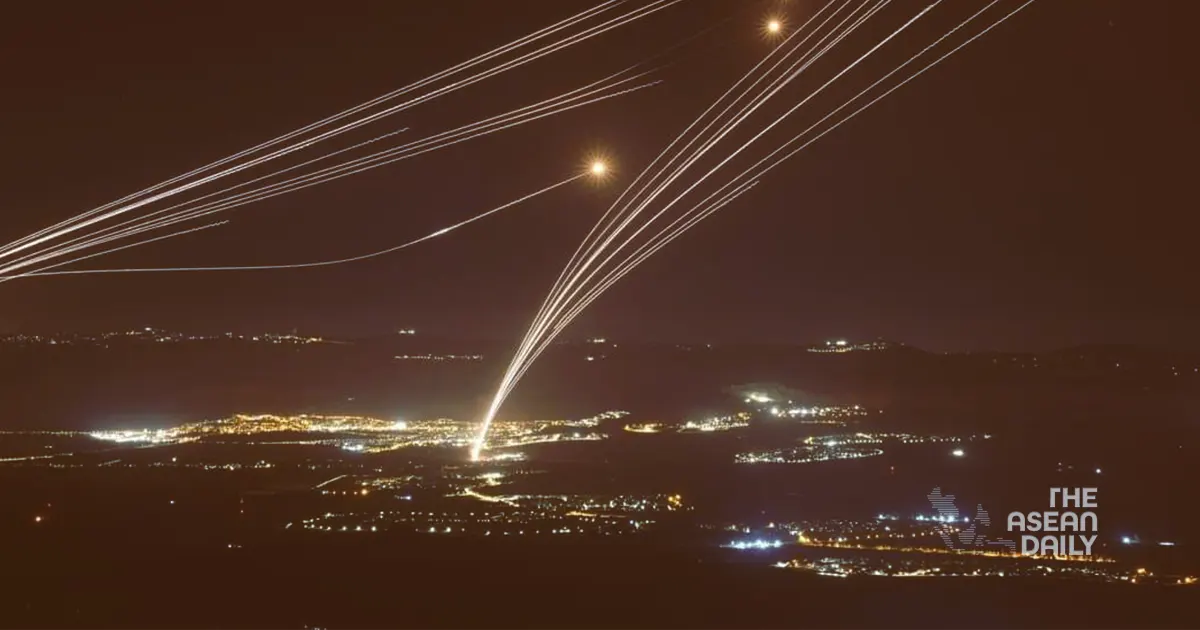5-8-2024 (JERUSALEM) In a move that underscores the escalating tensions in the Middle East, Israeli authorities have prepared a sophisticated underground bunker in Jerusalem for potential use by senior leaders during times of conflict. The facility, known as the National Management Center, is now fully operational and capable of sustaining prolonged stays, according to a report by the Walla news site.
The bunker, constructed nearly two decades ago, boasts impressive defensive capabilities. It is reportedly able to withstand attacks from a wide array of modern weaponry and is equipped with advanced command and control systems. Crucially, the facility maintains a direct link to the Defence Ministry headquarters in Tel Aviv, ensuring seamless communication and coordination during crisis situations.
Despite the ongoing conflict in Gaza, which has raged for the past 10 months, the bunker has not been utilised. However, its recent preparation for potential use by Prime Minister Benjamin Netanyahu and other high-ranking officials suggests a heightened state of alert. This readiness comes amidst growing concerns of possible attacks from Iran and its ally, Hezbollah, following a series of high-profile assassinations in the region.
The killing of Hamas leader Ismail Haniyeh in Tehran and Hezbollah’s military chief, Fuad Shukr, near Beirut has further inflamed an already volatile situation. While Israel has claimed responsibility for Shukr’s death, it has remained officially silent on Haniyeh’s assassination. Both Iran and Hezbollah have publicly vowed retribution, adding to the powder keg of tensions surrounding Israel’s ongoing conflict with Hamas in Gaza.
The National Management Center, nestled in the Jerusalem Hills, was built at a cost of billions of shekels following the 2006 Second Lebanon War. Its exact location and depth remain classified, but reports suggest it can accommodate hundreds of individuals, including government officials and essential civil service personnel.

The decision to ready the bunker at this juncture may indicate the gravity of the perceived threat from Iran and Hezbollah. Notably, the facility was not activated during Iran’s missile and drone attack on Israel in April, which saw over 300 projectiles launched, the majority of which were intercepted by Israel and its allies.




